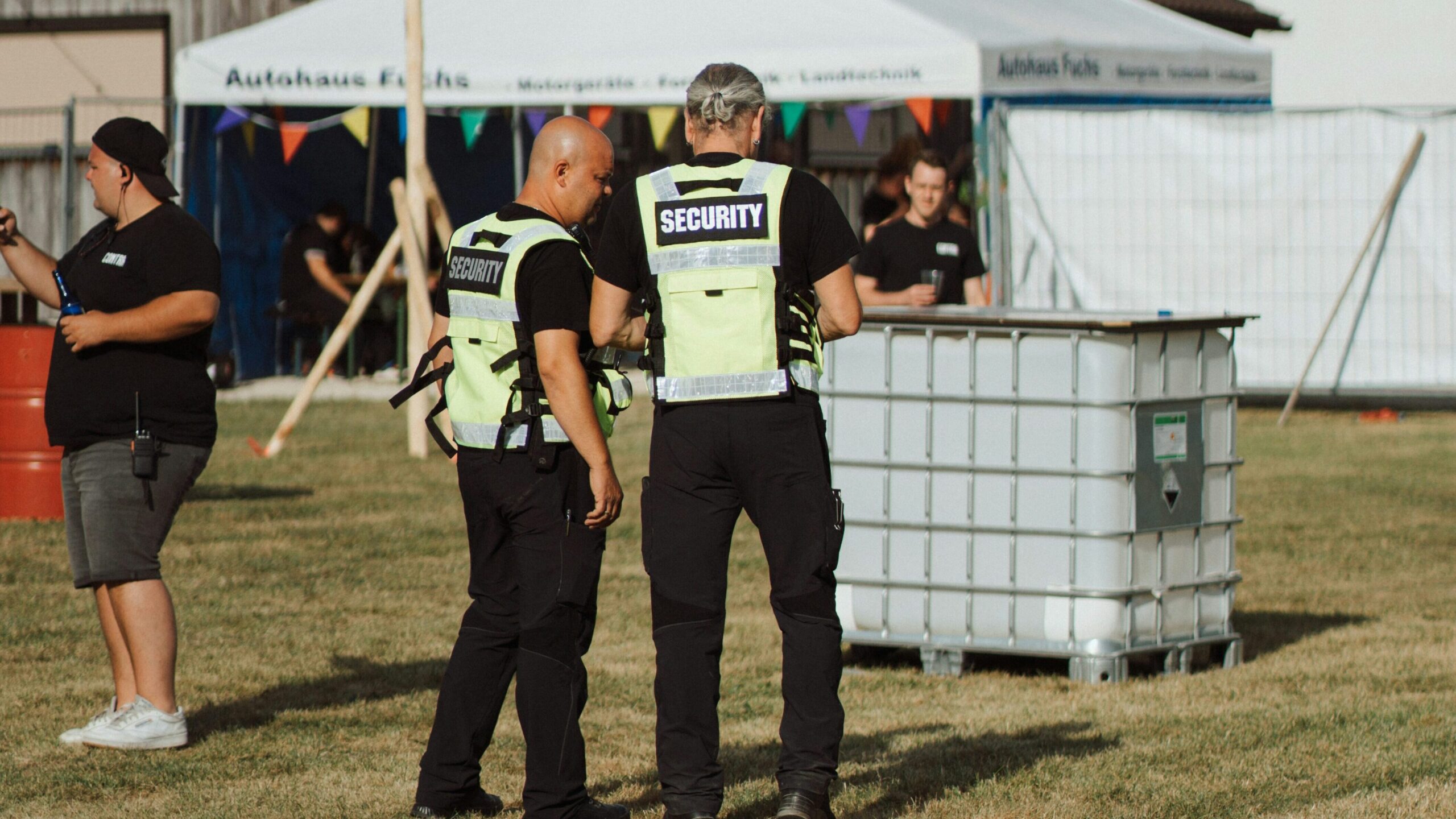Guide to Business Continuity for Event-Based Companies
Event-based companies, such as football clubs, festivals, and other large gatherings, face unique challenges in ensuring business continuity. The very nature of these organisations means they are highly dependent on scheduled events, which can be impacted by unpredictable factors, ranging from weather conditions to security breaches.
According to PwC’s 2023 Global Crisis and Resilience Survey, 96% of business leaders said their organisations had experienced disruption in the past two years and 76% said their most serious disruption had a medium to high impact on operations.
This makes having a business continuity (BC) plan essential for navigating disruptions, minimising damage and ensuring a timely recovery. However, only 70% said they were confident in their organisation’s ability to respond to disruptions. PwC noted that its research shows that too many organisations “are lacking the foundational elements of resilience they need to be successful.”

What is Business Continuity?
Business continuity refers to the ability of an organisation to maintain essential functions during and after a disaster. For event-based companies, this means outlining the steps, processes and procedures necessary to ensure events can proceed safely, or that the organisation can recover quickly from disruptions.
A business continuity plan aims to:
- Protect stakeholders including employees, customers and partners
- Maintain critical business functions during disruptions
- Minimise downtime and financial loss
- Set priorities for recovery tasks and resource allocation
- Adhere to legal requirements
- Protect brand image and customer trust
What Threats Face Event-Based Organisations?
Event companies operate in a world of uncertainties, so they must be prepared to handle various threats. These fall into 4 main categories:
- Security Threats
- Terrorism and violent attacks
- Threats of violence
- Natural Disasters
- Severe weather (storms, hurricanes, floods)
- Earthquakes and other geological events
- Power outages
- IT system crashes and cyberattacks
- Equipment malfunctions
- Health and Safety Issues
- Pandemics and outbreaks of contagious diseases
- Accidents and injuries
What Should be Included in a Business Continuity Plan?
To effectively manage these threats and ensure a successful resolution of incidents, organisations need a robust business continuity plan. This plan ensures everyone’s safety, minimises disruption and supports a smooth recovery after the event. An effective business continuity plan should follow these steps:
Conduct a Risk Assessment
Effective risk management must start with a comprehensive risk assessment to identify potential threats. Assess each risk by analysing its likelihood and the potential impact on your event and business as a whole.
Prioritise these risks based on their severity and develop mitigation strategies to prevent them. This might include purchasing insurance, investing in technology and implementing increased physical security measures.
Establish a Crisis Management Team
As well as putting measures in place to reduce the likelihood of a critical event, organisations must establish processes to follow if one does occur. This starts with establishing a crisis management team to coordinate the response.
All employees within this team should have clearly defined roles and responsibilities, ensuring they are trained to act quickly and efficiently in emergencies. During an incident, this team will manage the response efforts, make critical decisions, and ensure stakeholders are kept up to date.

Develop Response Protocols
Organisations must also establish the response protocols for the crisis management team to follow. These protocols serve as a structured and detailed guide for how to react during various types of disruptions and should clearly state whose responsibility each task is.
This includes developing clear procedures for addressing specific incidents, guidelines for resource allocation and steps for documenting and reporting the incident.
Developing a robust communication plan is also crucial for keeping all stakeholders informed, including employees, customers, partners and the public. This should outline how information will be shared, who will communicate with each group and the frequency of updates.
Invest in Communication
Keeping stakeholders informed is one of the most critical elements of a business continuity plan. To achieve this, it is essential to have systems in place that ensure all necessary parties can be communicated with, no matter the disruption.
Emergency alert systems, such as Peoplesafe Alert, enable quick and efficient sharing of critical information by sending and tracking notifications to thousands of people simultaneously.
With Peoplesafe Alert, 2,000 messages can be sent every second, allowing you to communicate with large populations quickly and easily. For messages only relevant to employees in certain roles, or particular locations, groups can be created on the service portal so that only the necessary people receive notifications.
Communications platforms also provide additional features to increase the effectiveness of the messages. For example, Peoplesafe Alert can override ‘do not disturb’ settings and send repeat notifications to people who have not read or acknowledged the message.

By prioritising communication, companies can enhance coordination, reduce confusion, and ensure that everyone is informed and aligned, leading to a more successful outcome.
Ensure Technology and Data Management
Effective technology and data management are vital for safeguarding event-based companies. Regular data backups are essential, ensuring that critical information is stored in multiple places and can be accessed remotely when necessary.
Additionally, robust cybersecurity measures must be implemented to protect digital assets from cyber threats. This includes utilising firewalls, encryption and providing employee training on phishing and other common attacks.
For many organisations facing cyberattacks, access to standard communication platforms, such as email, may be compromised, leaving them without a reliable way to contact employees and stakeholders. This is another critical reason to invest in a separate air-gapped communication platform. This approach enhances security by isolating the platform from potential breaches or cyber outages, guaranteeing reliable communication during emergencies.
Conduct Training
Regular training and drills are essential for ensuring that employees and stakeholders are well-prepared to implement the business continuity plan effectively.
Training should cover emergency response protocols, communication strategies and operational procedures to ensure employees know the steps to follow in an emergency.
Conducting regular simulations allows organisations to test the effectiveness of their plans with crucial stakeholders. These exercises help identify gaps and areas for improvement, enabling organisations to refine their responses and enhance overall preparedness.
Review and Update
Regularly reviewing and updating your business continuity plan ensures that it reflects the current risks. Reviews should be conducted after any major incident, after any significant organisational change or at least every year.
Organisations should also stay up-to-date with regulations that might affect operations. This includes health and safety regulations, data protection laws, and new legislation such as the Terrorism (Protection of Premises) Bill. This continuous improvement ensures that the plan remains robust and responsive to emerging threats.

What are the Benefits of a Business Continuity Plan?
A well-defined and executed business continuity plan offers organisations several advantages:
- Reduced downtime: Quick and effective responses minimise disruption and ensure a faster recovery in critical events, meaning attendees face less disruption.
- Enhanced reputation: A company’s ability to handle disruptions gives attendees, sponsors and partners confidence in their management and planning. This makes attendees more likely to attend an event with your organisation again.
- Financial protection: By mitigating losses and ensuring event continuity, business continuity plans provide a layer of protection for organisations against the financial implications of a disaster.
- Improved staff morale: A clear plan empowers staff to respond effectively during disruptions, reducing stress and improving overall morale.
Business continuity planning is crucial for event-based companies to navigate the uncertainties that come with running live events. By proactively identifying risks and establishing robust plans, organisations can ensure a successful recovery even in the face of disruptions.





